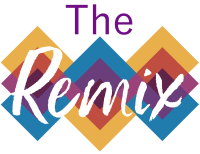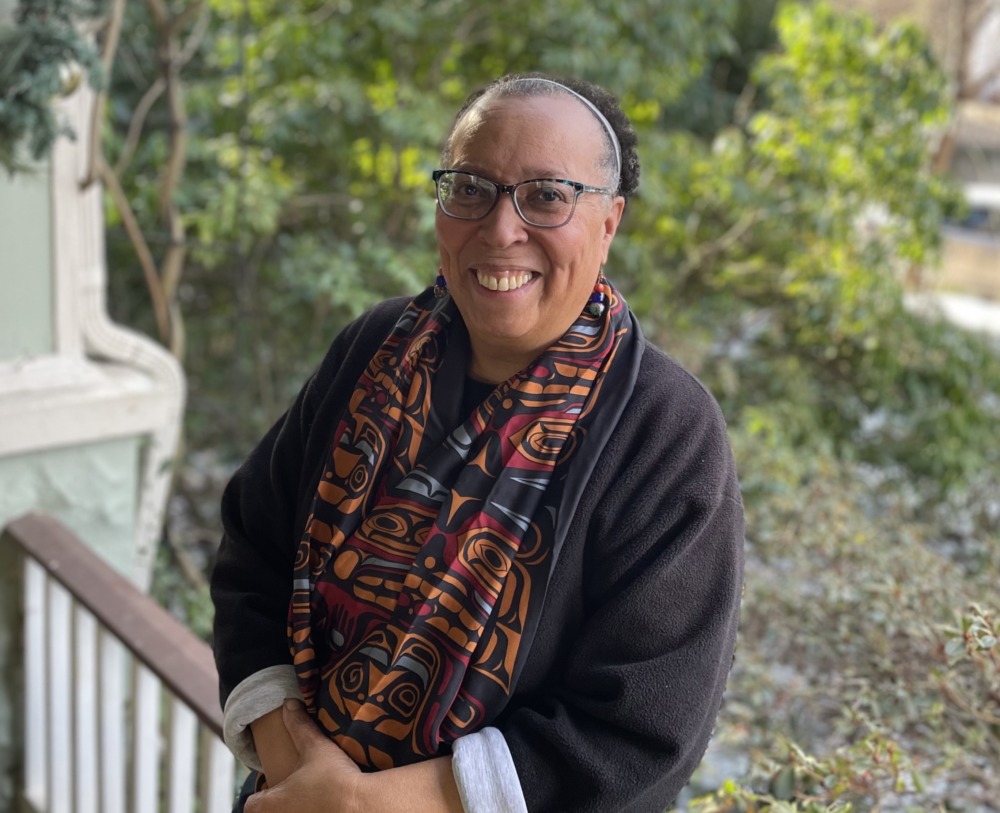Every School a Community School.
This slogan is the vision of the National Center for Community Schools. The center has a 30-year track record of helping school districts build community schools from initial planning to long-term sustainability. They provide in-person opportunities for learning and networking. They work on public policies that promote justice in our education system and provide real opportunity for all children.
 The center is one of four partners in Community Schools Forward, an initiative created to respond to the growing interest in the community schools’ strategy from state and local governments seeking to advance educational and economic opportunities and address historic educational inequities exacerbated by COVID.
The center is one of four partners in Community Schools Forward, an initiative created to respond to the growing interest in the community schools’ strategy from state and local governments seeking to advance educational and economic opportunities and address historic educational inequities exacerbated by COVID.
In January, the U.S. Department of Education announced $63 million in new five-year Full-Service Community Schools (FSCS) grants to support 42 local education agencies, nonprofits, universities or other public or private organizations to establish or expand community schools in eight new states and territories. The Department of Education press release goes on to explain the grants’ purpose:
New grantees are committed to implementing the four pillars of community schools:
- Integrated student supports that address out-of-school barriers to learning through partnerships with social and health service agencies and providers,
- Expanded and enriched learning time and opportunities,
- Active family and community engagement and
- Collaborative leadership practices.
Community schools are hands down one of the most effective, scalable strategies cities and school districts have for jointly addressing inequities in communities with community residents and agencies. Community schools don’t just bring partners in, they bring in needed funding. The federal government created a toolkit that outlines how federal grant funding from other government agencies such as. Health and Human Services, Housing and Transportation can be used to support implementation. The National League of Cities created a toolkit for mayors.
Every school should be a community school. It is impossible to see big improvements in educational outcomes or reductions in educational disparities without increasing a neighborhood’s capacity to support the whole child and whole family. It is also difficult, if not impossible to believe that schools that implement the four pillars won’t see improvements in student attendance, attachment, behavior, and achievement.
It is also possible, however, that community schools could be even better prepared to meet these two educational goals if commitments to improving supports for students and families were coupled with explicit commitments to improve approaches to teaching and learning. The FSCS grants emphasize the original four pillars. But it is exciting to see community schools’ champions taking this challenge to heart.
The National Education Association has proposed six pillars of community schools:
- Strong and proven curriculum,
- High-quality teaching,
- Inclusive leadership,
- Positive behavior practices,
- Family and community partnerships and
- Community support services.
The Community Schools Forward partners updated their four-pillar model, proposing two new “essentials” focused on learning and the learning environment: 5) rigorous, community-centered classroom instruction, and 6) a culture of belonging, safety and care.
The National Education Association model acknowledges the importance of high-quality curricula and instruction to school success but holds those improvements close to the chest. Their opening definition of community schools has school and community partners working together in parallel to support student success:
“In community schools, as in all schools, teachers teach and students learn — but with a focus on the whole child: an integrated focus.”
The Community Schools Forward update begins to blur the lines. This is their description of community-centered classroom instruction:
“Teaching and learning in the school infuses high-level content and skills with real-world learning opportunities. The curriculum is deeply connected to the local community and students’ identities, cultures, and experiences, providing opportunities for students to engage in meaningful inquiry-based learning and problem-solving.”
With this definition, it is possible to see a path towards not only making every school a community school but making every community a learning community. Given the commitment to engaging families and community partners, a logical next step would be to imagine the power of learning experiences and curricula outside of the classroom and the school building.
This next shift in thinking is important. I have been focused on learning about high schools that explore different ways to fully realize the power of school plus community learning. I was surprised to learn that many of these schools don’t call themselves community schools. I found four archetypes:
• Schools that emphasize school as community, creating time and space for relationship building among students and between students and staff, lifting up the roles of non-classroom personnel.
• Schools that reconfigure themselves to support every student experiencing community as school, by having their core learning experiences with community partners.
• Community in schools models that bring community partners in the building, during the day to provide not just wrap-around services, but success coaching and even credit-bearing classes.
• Schooling communities, learning pods, micro-schools and homeschool co-ops organized to provide in-person and virtual opportunities for specialized content, extra-curriculars, and relationship-building.
Every school a community school. Every community a learning community.
This expanded slogan is a vision that is within our grasp to achieve. The community schools movement is committed to engaging and empowering families and community partners to advance educational equity. Continuing to lift up approaches that promote the essential roles that families, non-classroom personnel and community partners play — not just by supporting learners’ well-being but by expanding opportunities for meaningful community-centered learning — puts the movement on a path towards contributing to fully reimagining education.
***
Karen Pittman is a partner at KP Catalysts and the founder and former CEO of the Forum for Youth Investment.



























